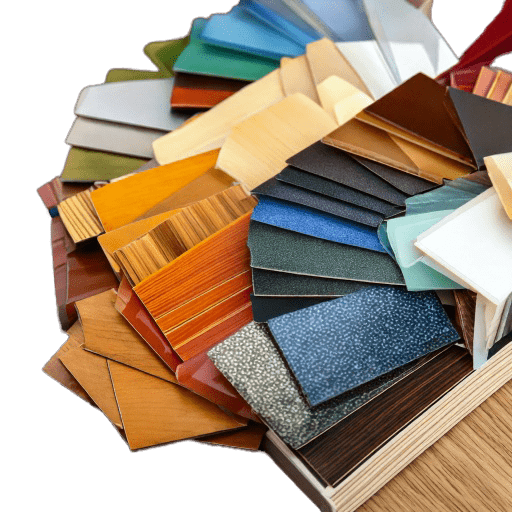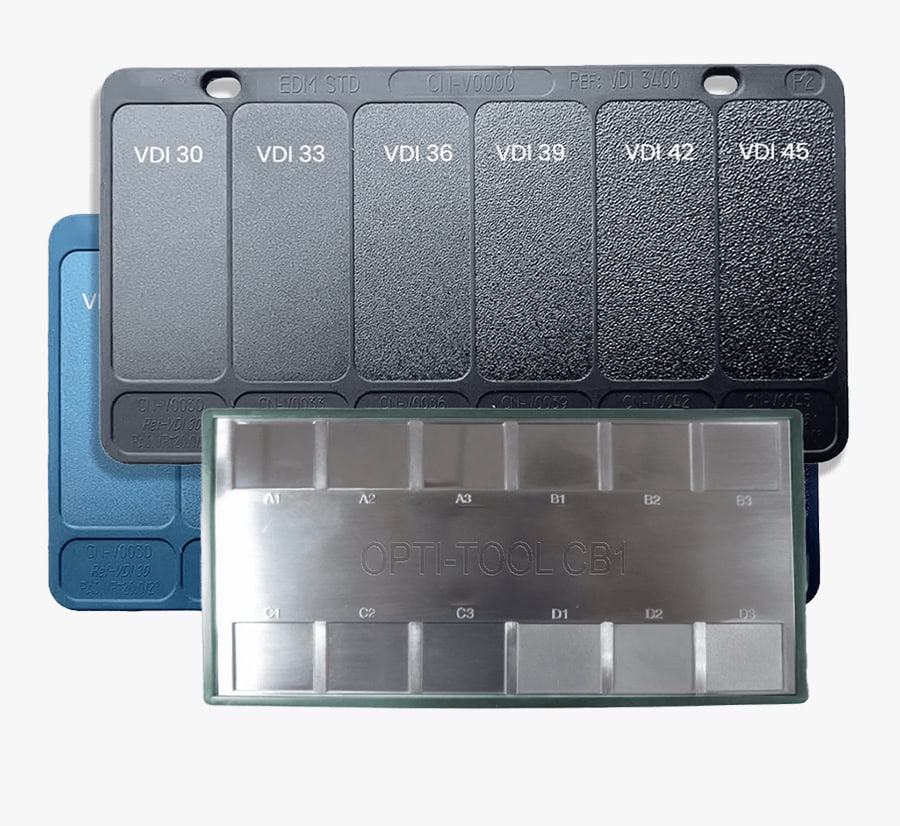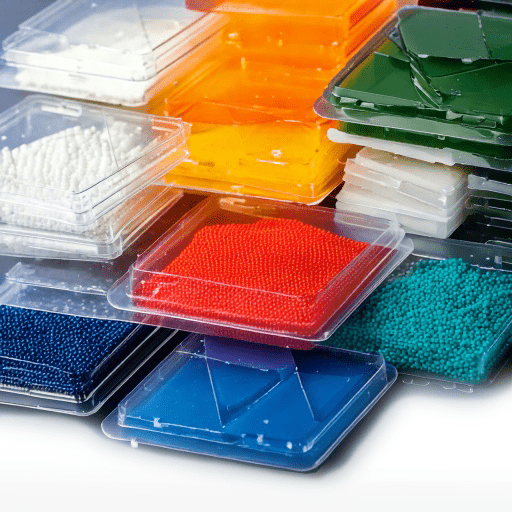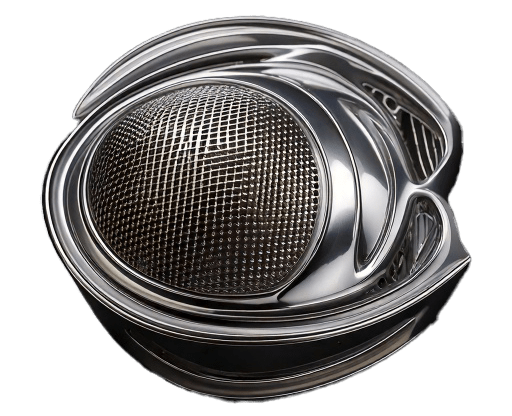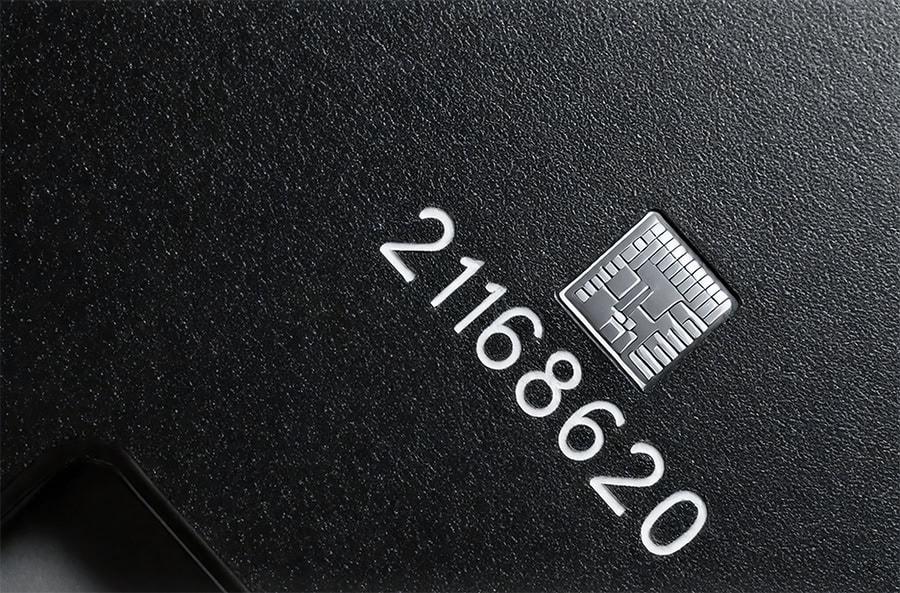When it comes to industrial and product design, how plastic components are finished can make or break the final product. Not only does it impact the look, but it also affects how the product performs and how users interact with it. Whether you’re aiming for a sleek, glossy surface or a rugged, textured finish for better grip, picking the right method is key to getting that perfect balance of durability, function, and aesthetic. Here’s a breakdown of some popular and effective finishing techniques that are making waves in the industry today:
- Textured Coatings: Tough, Durable, and Practical
Textured coatings are applied through spray or dip techniques, and they do more than just look good. They create a rubbery texture that’s super tough against scratches, UV degradation, and everyday wear. These finishes are perfect for products that need to withstand the elements, like tools, automotive parts, and electronics. Plus, the added texture gives a nice grip, so it’s not just about looks – it’s about function, too.
- Soft Touch Finishes: Smooth, Luxurious, and Comfortable
If you’ve ever had your hands on a high-end gadget or luxury car interior, you’ve probably encountered a soft-touch finish. This velvety, rubber-like texture is achieved using thermoplastic elastomers (TPE) or urethane-based coatings. It’s all about giving users a premium, comfortable feel, whether it’s on consumer electronics, car interiors, or gadgets you use every day. Not only does it feel great, but it also resists wear and keeps that fresh look for longer.
- Injection Moulding with Textured Finishes: Form Meets Function
When injection moulding is combined with textured finishes, you get the best of both worlds. From subtle matte textures to intricate geometric patterns, this technique doesn’t just improve the appearance – it makes the product easier to hold and less prone to scratches. You’ll often find this finishing method on phone cases, car parts, and electronics, where durability and design go hand in hand.
Texturing sample charts like those pictured above are used to specify the finish required on a mould tool. The rage from optical polish to heavy or specialist pattern textures, with each appropriate for different component requirements, or product sectors.
- Polishing & Buffing: The Glossy Touch of Perfection
Want your plastic to shine like a mirror? Polishing and buffing do just that, smoothing out imperfections and creating a stunning, glossy finish. This process is perfect for high-end items like automotive trims and luxury electronics, where that extra shine really makes a difference. The result is a sleek, high-end appearance that’s just as pleasant to the touch as it is to the eye.
- Vibrant Colour Masterbatches: Consistency with a Pop
Masterbatching is a process where concentrated pigments or additives are mixed with plastic resins before moulding. This ensures that the colour is consistent and vibrant throughout the component. Whether you want bold, bright hues or subtle, translucent effects, this technique offers tons of flexibility. It’s commonly used for products where colour is important – think kitchen gadgets, safety equipment, and electronics. Bonus: you can add UV stabilisers to prevent fading, so your product’s colour stays fresh for the long haul.
Masterbatch samples are compounded with complete uniform colour, to the manufacturer specification. Above are pictured various pelletised-granualised feedstocks, ready for injection moulding.
- Metallising or Chrome Plating: Metal Look, No Heavy Weight
Metallising (or chrome plating) gives plastic parts the appearance of metal, using techniques like sputtering or vapour deposition. It’s perfect for achieving that shiny, high-end look without the heavy weight of actual metal. This finish is commonly seen on luxury car trims, premium designs, and high-end electronics, where style matters as much as functionality.
- Laser Engraving: Precision, Permanence, and Detail
Laser engraving is a super precise way to etch designs, logos, or patterns into plastic. Unlike traditional printing, these markings are permanent and won’t fade, peel, or wear off. This makes it ideal for custom branding or adding fine details to products like electronics, medical devices, and promotional materials. The best part? These engraved designs are built to last for the entire product’s lifecycle.
- Thermoforming: Shaping Complex Designs with Ease
Thermoforming is all about shaping plastic sheets into complex forms by heating them and then moulding them using air pressure or mechanical force. It’s a cost-effective method for creating large or low-volume parts like packaging, trays, and display components. What’s great about thermoforming is its versatility – it can work with various materials like ABS, polystyrene, and polypropylene, making it perfect for all kinds of applications.
- Bead Blasting: Matte Finish with an Industrial Vibe
Bead blasting (or soda blasting) uses high-pressure beads to create a matte, textured finish on plastic surfaces. This method is perfect for products that need a rugged, industrial look or better grip, like power tools and outdoor gear. It’s also useful for preparing surfaces for additional coatings, improving adhesion, and boosting overall durability.
- UV Coating: Ultimate Protection with a Professional Look
UV coating is applied to plastic and then cured under ultraviolet light, providing a sleek finish while enhancing durability. This type of coating is ideal for outdoor products like signage, car parts, and electronics, as it protects against UV degradation and the elements. Available in both glossy and matte options, UV coatings help maintain your product’s quality over time.
Conclusion: Endless Possibilities for Plastic Finishing
The world of plastic finishing is full of options, each offering something unique depending on what you’re going for. Whether you’re after rugged durability, a luxurious feel, vibrant colour, or that shiny high-end finish, the right technique can really elevate your product. The right finish not only enhances the look but also improves how the product functions and lasts over time. So, next time you’re designing a product, think carefully about the finish – it could be the secret to its success.
Optima provides a full industrial design and engineering service. We have tackled projects in a wide variety of sectors from consumer to aerospace giving us excellent insight into material choice, characteristics, finishes and costs.
Our goal is to develop long term partnerships with organisations and individuals to design great products. With over 25 years experience we understand the complexities of products and more importantly, how to get them made.
Contact us now to discuss your product development requirements, we would love to assist.
